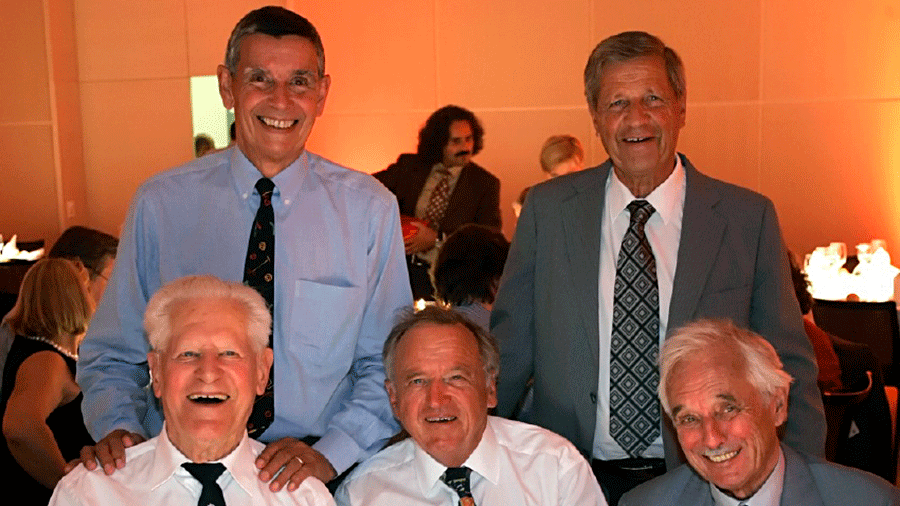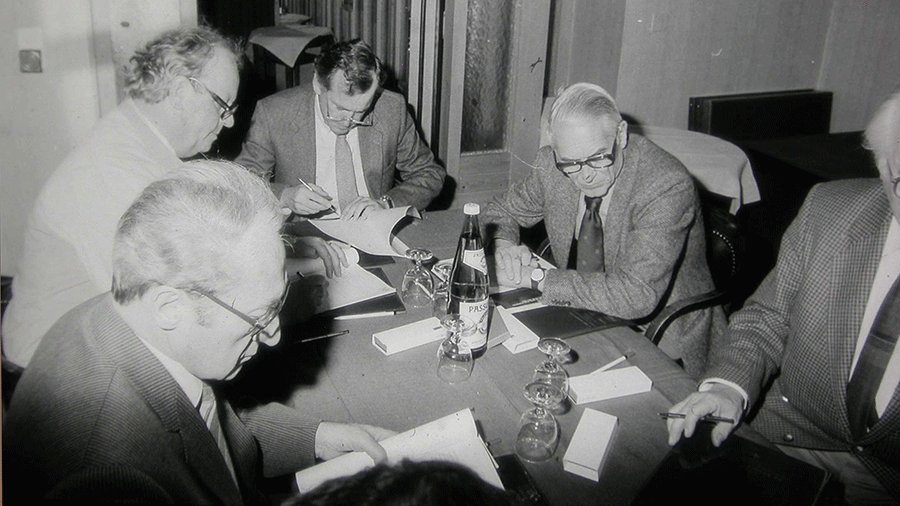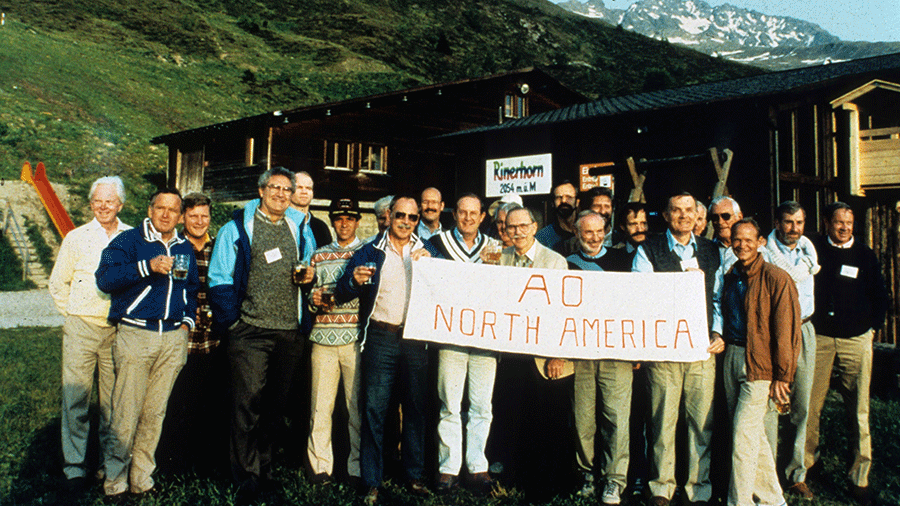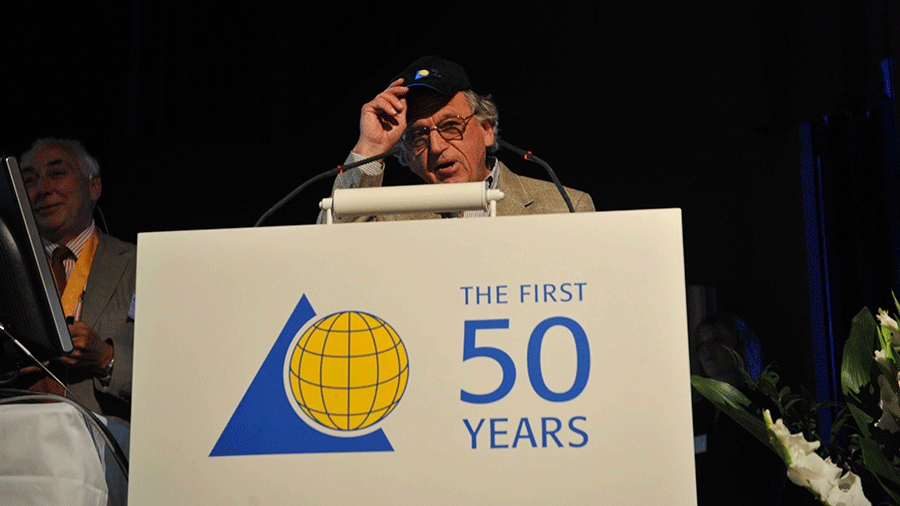Reflections on the AO: An interview with Hansjörg Wyss
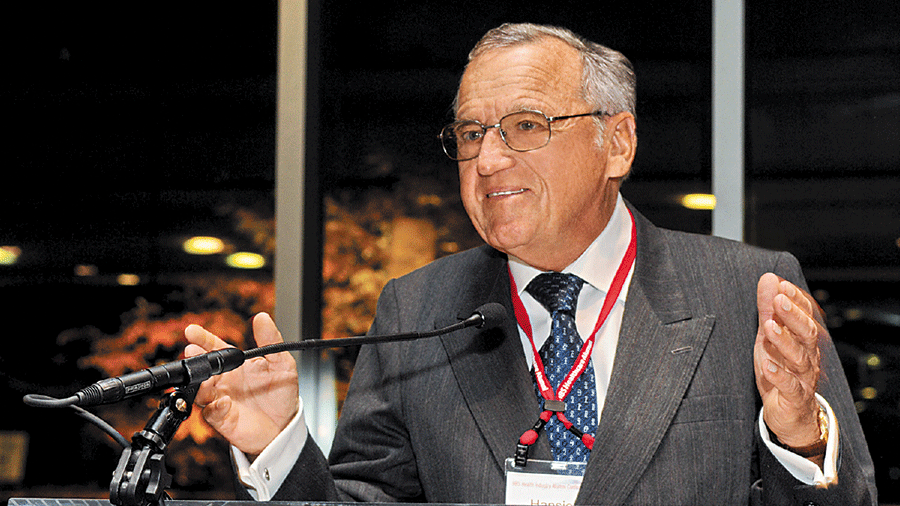
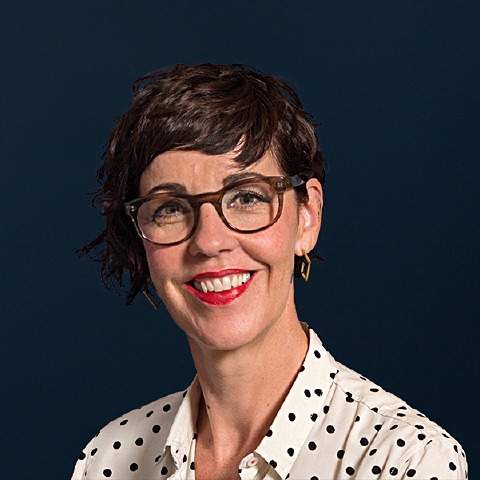
How did your relationship with the AO start?
Maurice Müller [AO founder] asked me to advise him on the relationship with the two companies that produced implants, Mathys and Straumann. I worked for him and Hans Willenegger [AO founder] for two years on the side while I had another job.
In 1977 you became part of the leadership at Synthes USA. How did that come about?
Martin Allgöwer [AO founder] told me they had taken over a bankrupt company, with no rights. It was the founding surgeons themselves who invested their money because Mathys and Straumann became millionaires, and the surgeons said they wanted to profit too, as they had no money except royalties from what they produced in the lab in Davos. So, they founded Synthes USA. But then, the conditions and rules they were subject to were impossible to work with. They could not manufacture, they were not free to buy, they had to buy from the Swiss producers, and they had to pay more for implants than competitors. My first four years at Synthes were miserable, and this difficult time is recorded in detail in a Harvard Business School case study dating back to 1983.
You were a co-founder of the AO Foundation in 1984. What vision did you have for the organization?
At the time, AO was too local, too focused on courses in Germany, Austria, and Switzerland. It needed to expand worldwide. My first action was a huge course in Sun Valley with international faculty in 1979. Then I built up courses in the US, and finally, the AO saw the light and started to go more international. Especially in the US, the orthopedic surgeons were so far behind in the treatment of traumatic injuries to the musculoskeletal system that we needed to make courses in the US to have any business success. We finally got the AO going in the US in 1992 against the wishes of everybody at the AO except for Allgöwer.
The relationship between AO and Synthes was a success – what was the key to that success?
I always wore two hats, although people didn't necessarily see that. I wore my AO hat and my business hat. The success of the AO did not rely on Synthes selling implants. It depended on the AO doing more and more teaching so that the treatment of musculoskeletal injuries improved throughout the world. And my Synthes job was to support them at all the courses, doing all the infrastructure and organization of the courses, and of course, nobody in Synthes was permitted to sell at courses. It was a great symbiosis between the two organizations supporting each other.
Willenegger took me into a hospital once in the early days and said, "Now look here, those 60 people are suffering, here I have an x-ray, and I will show you how we fix this proximal femur; two screws and they're up the next day." I understood that if I didn't understand that opportunity, I had no business being there.
European surgeons had followed the AO treatment of trauma injuries to the musculoskeletal system, while the US surgeons were technically, professionally, and ethically ten years behind them. The cleverness of the AO was bringing American surgeons to Switzerland for a year, and then when they went back, they started slowly operating clandestinely (at the weekend and at night) and had great results. I found some of those American surgeons and engaged them in courses with international faculty.
How did you choose when to sell Synthes to Johnson & Johnson?
It took me 35 years to build Synthes USA from a bankrupt company into a successful global company. Thirty-five years of very hard work, the first four years of which I had to deal with everybody fighting against me.
I thought a long time about selling, and the reason I sold is because first, it was getting more difficult to get approval by the AO and the authorities for new implants. And second, the reimbursement in the US was no longer secure. In the past, insurance had automatically paid, and the hospitals changed how they bought. And at that point I felt that 35 years was enough.
Did you continue to follow the evolution of the AO since you sold Synthes?
No, after my 35 years with the AO, my time was up. I still loved the AO, but I decided that I didn't want to come to the board meetings after I left. It was time for others to do it. I didn't want to continue to tell them how to run AO. If they made mistakes, they could be corrected. Nobody is irreplaceable. When you think something through like that, you prepare yourself, and it's like a death. For me, I respect the AO, I respect all the people who work there now, but I don't follow it anymore.
Do you follow the progress of the medical devices/orthopedics industry anymore?
Not really, it's not my interest anymore. The money from the sale of Synthes gave me so many opportunities to do different things. I have been able to create many academic institutions of great merit among other philanthropic projects and to make real positive changes happen. All that money I am using for the good of people, science, and the environment in both the US and Switzerland, and it's fun. And I have the best staff to do this work with me.
Do you have a favorite institute?
No, they are all doing great work.
How do you see the AO's reputation in the world of orthopedics?
The reputation of the AO was very high when I left. The AO was the number one medical teaching organization in the world as far as quality and size was concerned. Several of my competitors tried to create courses, but they couldn't. The high quality of the AO courses was down to two factors; one was the quality of the teaching of the surgeons involved, who were exceptional and used well-planned teaching material; number two was the practical exercises which were supported by us. It was about training surgeons for us, it was not a sales course. It was a big success.
What do you hope for the future of the AO?
I hope the AO is successful, I hope it prospers, I hope its teaching stays at the highest level quality-wise. And that it continues to be a global organization and that it keeps its regions outside of Europe very much alive. This is what makes it a success.
What is your favorite memory of your time with the AO?
The 50-year celebrations in 2008. I made sure that all the trustees who had worked with the AO in the previous decades were there and seeing them all together was fantastic. Some of these Senior Trustees had given ten to fifteen good years of teaching to the AO, they made the AO what it is.
What do you think the future of AO education is going to look like with AI development?
One of the strengths of the AO is the teaching, it is the passing on of experience of an older senior surgeon, and that you cannot do with AI. With AI, you can do all the books that were written, you can make them interactive. You can do many things, but for impactful teaching you still need a living person in front of you. But the AO must deal with AI and figure out what it wants to do with it.
You might also be interested in:
- Reading more AO history stories
- Learning about the AO archive and history project
- Viewing the AO image collection
- Searching our online AO library catalog


